Inked Ancestors
March 20, 2013 | May El KhishenPerfectly tanned women and men parading the pebbly shores of Gouna, socializing, partying, catching up on their reading and most importantly flashing their newly done tattoos.
Turns out that this seemingly new craze is not so new, in fact it is quite ancient.
Starting Point
According to Egyptologists, the creators of the art are none other than our very own ancestors, the ancient Egyptians. Written records, physical remains and numerous works of art have proven that the art of tattoos can be traced back to the early XI dynasty. In fact, it was the ancient Egyptians who spread the art of tattoos to the rest of the world, including Europe and Southeast Asia.
The mummy of Amunet, a priestess of the goddess of music, dance, love and fertility, Hathor, was discovered in 1891 and revealed that tattoos go as far back as the ancient Egyptians. The priestess, who lived between 2160BC and 1994BC, had several lines and dots tattooed on her body, forming abstract geometric patterns and shapes.
A little more research revealed that while tattoos were existent during the Pharaohs’ times, they were only performed on women of religious status as part of sacred rituals.
The popular art that was widespread during not only the time of the Pharaohs, but also amongst Coptic Christians in Egypt, has lost its spark as Islam was introduced to Egypt in 630. It remained, however, a traditional art not only with Copts, but also with Bedouins and some segments of farmers in rural Egypt. It wasn’t, however, as popular with urban residents.
Remember the stern and disapproving look you got from your grandmother when you got your first tattoo or a henna drawing? This is simply because people with body art during the twentieth century were looked down upon by the country’s urban upper and upper middle classes. “My sisters and I never thought of getting tattoos; it is unladylike. Only gypsies, bedouins, fallaheen [farmers] and a few conservative Copts drew tattoos,” explains 75-year-old Naela El Kholy.
Inked Bedouins
Bedouin tattoo artists are traditional tattooing gurus, especially in Western and Eastern deserts. Because of the popularity of tattoos with Bedouin women, it has come to be a usual tool used to beautify themselves, much like eye liners and lipstick.
The tattoos Bedouins use, however, aren’t your usual shoulder and lower back writings. Bedouins prefer getting tattooed on their foreheads, where they draw crescent shapes (helal), on the sides of their lips, where they draw flowers, on their lower lips and all the way to their chins, where they draw a shape similar to hooves (hawafir). They also draw lines and dots on their chins, as well as fish and scissors on their wrists and elbows and various shapes that stretch from the middle of their legs to their ankles.
Nonetheless, this once popular art form is slowly diminishing from within the Bedouin community. According to 25-year-old Hanan Sharkawi, an IT supervisor from Dakhla Oasis, this art form was more famous during the days of her mother and grandmother. “Most of the women of my generation do not have any tattoos, especially if they weren’t raised in the Oasis or have been influenced by Cairo’s modern city lifestyle. It differs from one family to the other; there are still families that are very attached to their culture and others like mine that are not so attached,” says Sharkawi. “Bedouins do not view tattoos as haram, but as a long standing tradition that most of them take pride in, regardless of whether they draw tattoos or not.”
Tattoo ID
A dark blue cross on the wrist is common among Coptic Christians, and not in the tiniest bit a funky trend, in fact, it is a tradition practiced since the 13th century. It has been traditional for babies of 40 days or for children undergoing baptism to get a tattoo on the wrist signifying their religious beliefs.
Crosses in general, often drawn on arms as well, are a way to show loyalty to the religion and a tribute to the suffering of Jesus. Copts often get their first or second tattoos on religious journeys to significant churches or upon pilgrimage to Jerusalem.
Nowadays, most Copts get their cross tattoos done outside prominent churches or during one of the annual moulids (religious festivals), like Moulid Al Adra (The Virgin Festival) held every August at the Monastery of the Holy Virgin in Durunka (ten kilometers from Assiut).
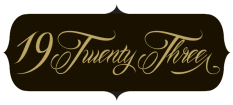
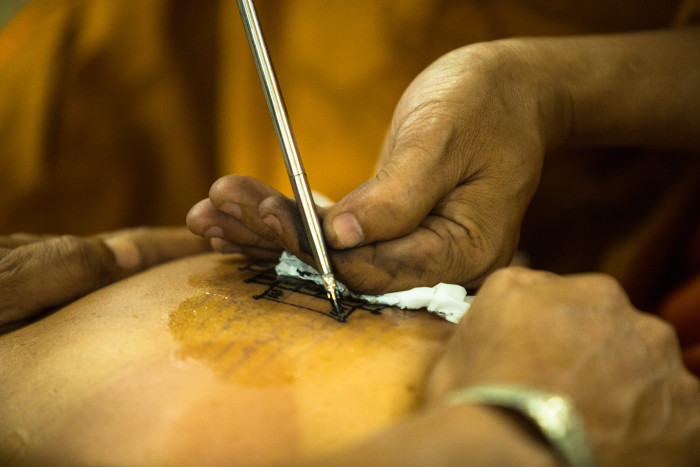

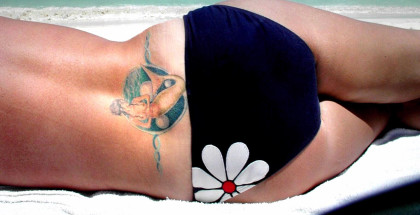
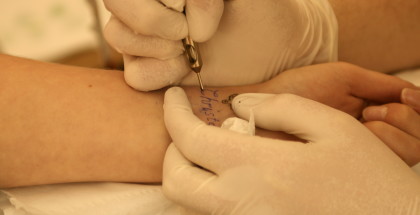
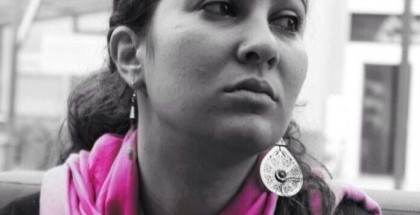
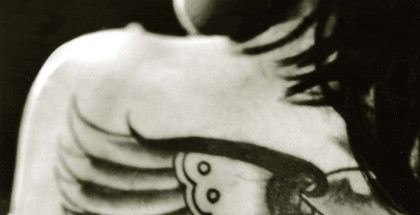
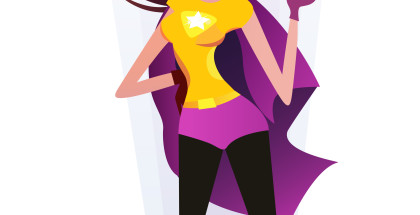
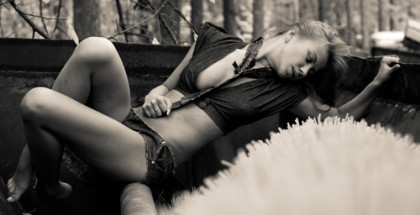
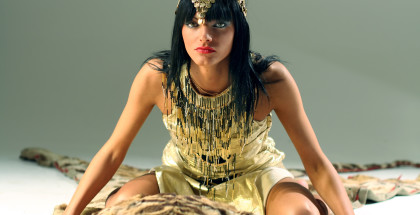
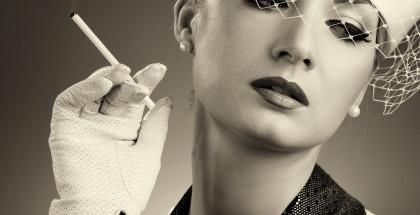
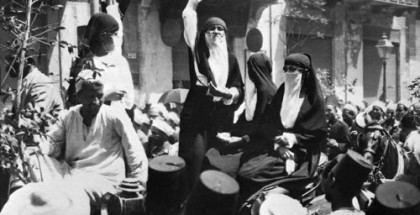
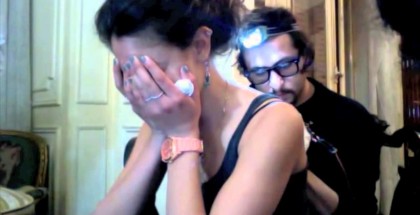
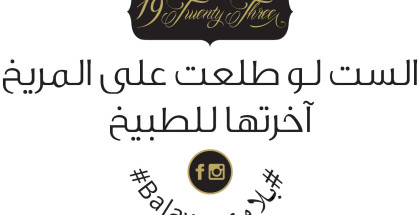













Submit a Comment